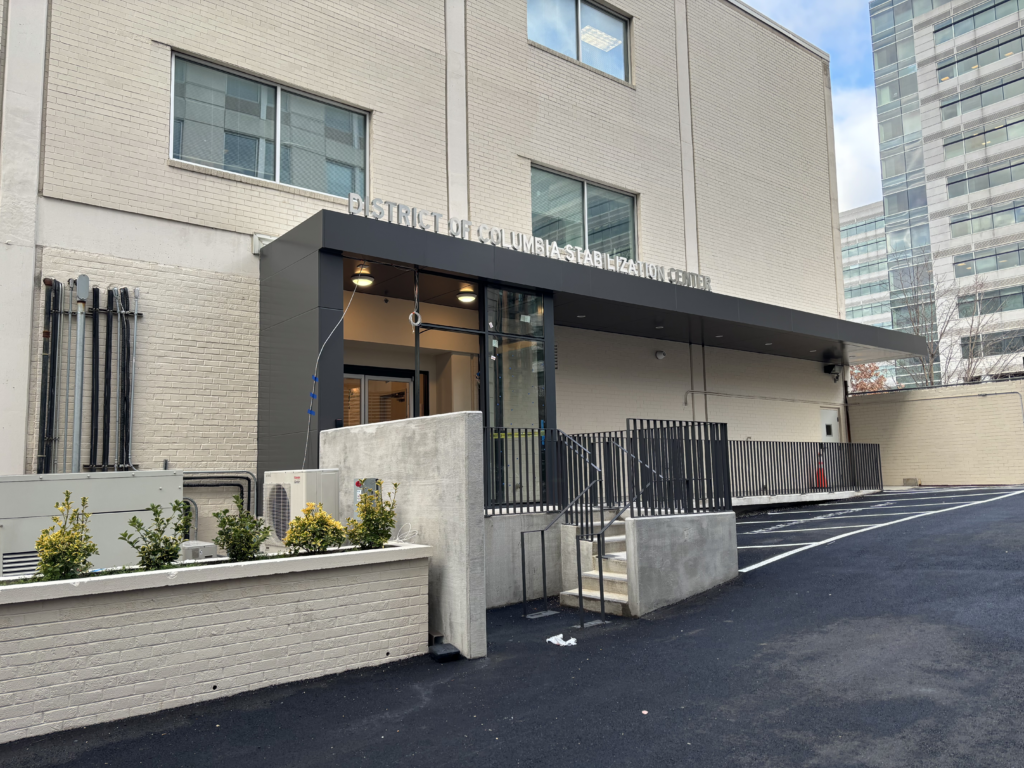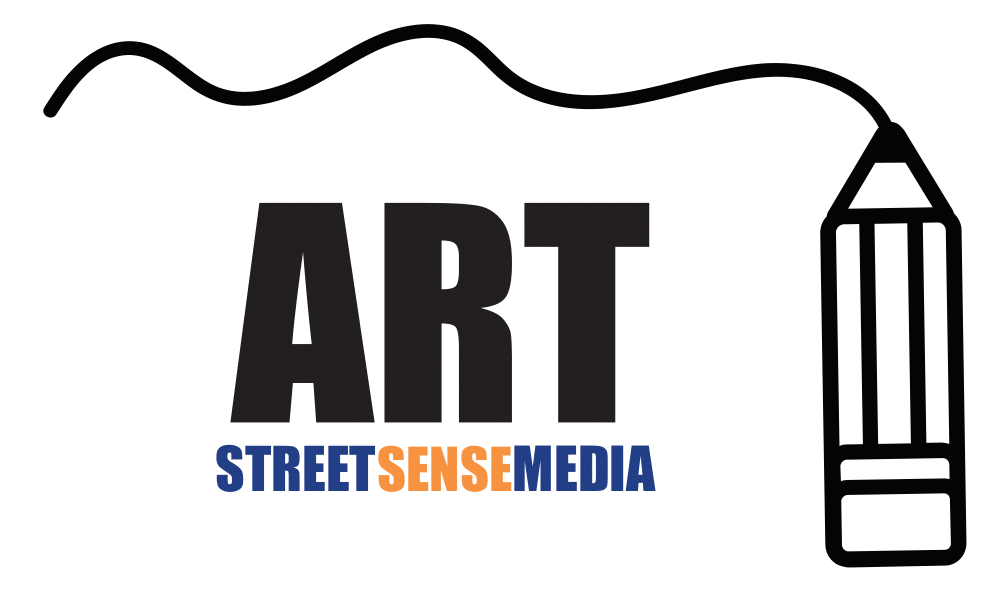Until recently, people in drug and alcohol-related crises had few 24-hour services to turn to in the District. The main options for people who were dangerously intoxicated or experiencing an overdose were to call 911 or go to the emergency room.
This made the already difficult decision of seeking help for substance use disorder crises even more fraught, as factors like fear of legal repercussions or a lack of health insurance come into play.
Now, people have a low-barrier, 24-hour option available, free of charge. The District’s first stabilization center opened this fall, providing around-the-clock walk-in services for people experiencing substance use crises, including overdoses.
The new D.C. Stabilization Center opened after fatal overdoses in the nation’s capital hit a 10-year high in 2022.
Deaths in 2023 were on track to break that record, according to a recent report from the Office of the Chief Medical Examiner in D.C., making it one of the worst cities in the nation for overdose deaths and prompting Mayor Muriel Bowser to declare a public emergency in November.
“It’s about time that we got this place open,” D.C. At-Large Councilmember Christina Henderson said at the ribbon-cutting ceremony for the center on Oct. 30. “I’m so excited that we’re here at this point to open our first stabilization and sobering center.”
The center, located at 35 K St. NE, provides a safe, low-barrier place for people to recover from drug-and alcohol-related crises under medical supervision. Patients can access walk-in services seven days a week, in English and Spanish. The center is run in partnership between the D.C. Department of Behavioral Health (DBH) and health care organization Community Bridges Inc.
The stabilization center can serve up to 22 patients at a time, with 16 recliners for those who need short-term care and six beds for patients who need up to 72 hours of monitoring.
Medical providers at the center can also dispense buprenorphine, a medication that helps treat opioid use disorder, reducing withdrawal symptoms and cravings.
Offering such medication around the clock will be a big help to those in recovery for substance use disorder, Johnny Bailey said, a community outreach coordinator at the D.C. harm-reduction nonprofit HIPS.
The center is staffed with nurse practitioners, registered nurses, recovery coaches, peer specialists and patient care technicians. Bailey, a trained facilitator of support and recovery meetings, said they will likely try to work with the center to host recovery meetings there as well.
Aside from the referral to long-term-care resources, center medical staff will be able to provide “more and efficient whole person care,” including rapid testing and other basic screenings, DBH Communications Director Camil Douthit said.
When someone decides they want to enter recovery, Bailey said, it often requires quick action. But, until now, few resources were available in D.C. for immediate treatment, making the barrier to recovery that much higher, especially when compared with continued substance use.
“That is something I’ve been complaining about for years now,” Bailey said. “I can get you dope in five minutes at 3 a.m., [or] I can give you a number to call at 9 a.m. on Monday if you want to get clean.”
Before the center’s opening, D.C. options for substance use disorder stabilization services were limited, Bailey said. One of the main detox facilities is at the Psychiatric Institute of Washington (PIW), where many patients are detoxing before going to prison, Bailey said.
“As an alumni, I know how that is. It’s not great,” they said. “As someone who went in there willingly, I resented being treated like a prisoner.”
Bailey hopes the new stabilization center will offer a better patient experience than detoxing at PIW, encouraging more people to use the center’s services.
Another benefit the center provides is diverting people in crisis from emergency rooms. This will help people get care faster by avoiding long wait times and alleviate some of the pressure on emergency medical service providers, Community Bridges Inc. spokesperson David Leibowitz said. The center is intended to free up space in emergency rooms but it also means patients can receive more dedicated care.
At the ribbon-cutting ceremony, Bowser said patients with acute intoxication accounted for roughly 3,800 hospital transports in the District in 2022.
“When people get the right care they have better outcomes, and the right care is not always calling 911 and sitting in an emergency room,” Bowser said at the center’s opening. “We know when it comes to substance use disorder and addiction there is no one-size-fits-all solution and we are happy that we have this facility now in our toolbox.”
At emergency rooms, providers may only have time to get a patient stabilized before they need the bed for the next patient, Douthit said.
But at the center, once patients are stabilized, staff can refer them for long-term treatment and connect them with counseling and recovery services, housing assistance and help getting back on insurance, if necessary.
“With substance use disorder, people have to choose treatment and choose recovery,” Douthit said. “We can refer people. Will they use it is up to them, but the resources are there.”
Douthit said the center saw a gradual increase in the number of people using the center and referral resources across November, the first month the center was open. DBH did not provide data on demand for services in more recent months.
“That’s a good sign for us. That’s a success knowing that those are people who aren’t on the street or aren’t in their homes overdosing from the substances they’re using,” Douthit said.
The center’s location in the NoMa neighborhood was chosen in part because it’s the same location as other preexisting resources for substance use disorder, Douthit said, including a pharmacy for those without health insurance and same-day urgent care services.
Although the new center will increase access to important resources, Bailey noted there is a greater need for treatment services in areas of the city with higher overdose rates, including Ward 8.
“I have no idea why we keep putting these things as far removed from the problem as possible,” Bailey said.
At the opening of the center, Henderson said there is funding in the city budget for a second center, and she hopes to have a third open east of the Anacostia River to help treat clients in need in Wards 5, 7 and 8, where overdose death rates are highest, according to recent data.
While not a replacement for long-term treatment, advocates say stabilization and detox centers play a key role in bridging the gap between substance use and recovery.
“It’s a place to sober up that isn’t jail,” Bailey said. “And so whatever else I think of the rest of it, it’s better than jail.”





